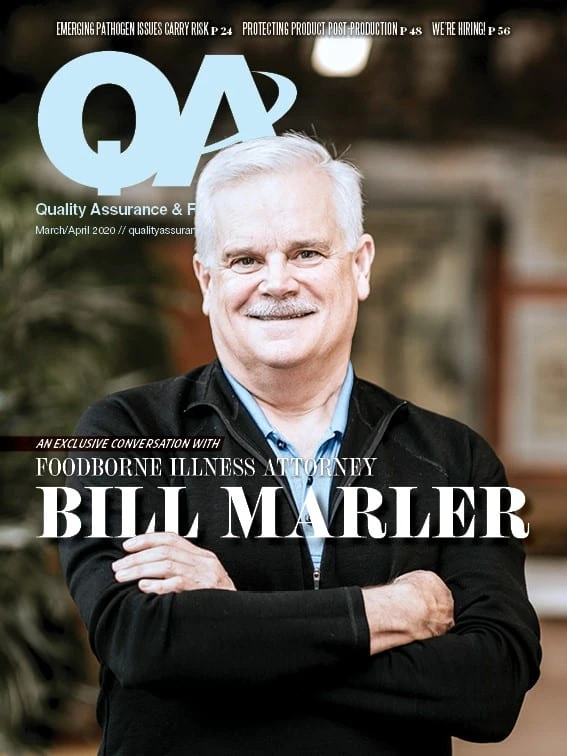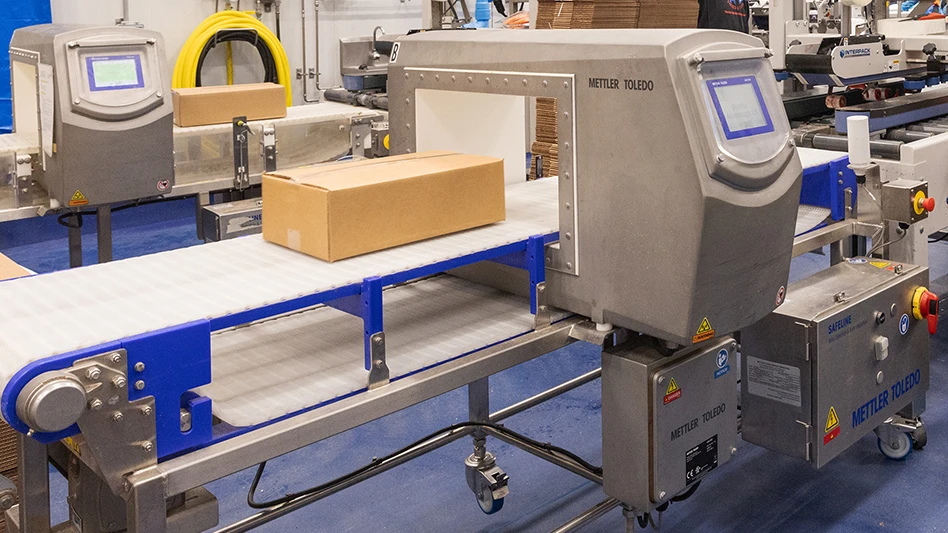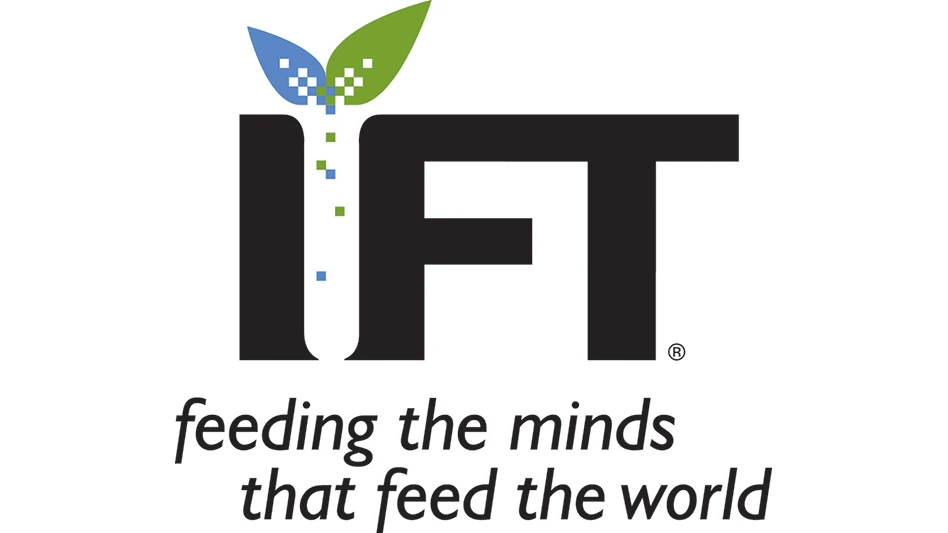
The coronavirus pandemic has highlighted the need for stringent hand hygiene to help prevent contamination. The food industry must also address the correct use and selection of gloves as a means of reducing cross-contamination. For a glove to effectively prevent the transmission of pathogens, it’s cleanliness, durability and barrier quality must be considered. Hi, I’m Steve Ardagh, CEO and Founder of specialist glove supplier Eagle Protect.
1 Why can single-use gloves be a food safety issue?
With over 20 years in the glove industry, I have witnessed an astonishing variation in sanitation, quality, and control in glove factories. I have visited factories manufacturing food and medical grade gloves reusing dirty “wash” water during production, and packing gloves in open-walled, filthy environments.
Having seen these unsanitary manufacturing and quality practices, we began to question whether these and other gloves could be clean, quality, and food safe.
2 How do you ensure your gloves are truly food safe?
Eagle has established independent quality control standards. In addition to conducting rigorous in-person and independent audit assessments for each of our suppliers, verifying product quality and manufacturing standards, we further verify a range of our glove quality and food safety standards by a third-party proprietary glove analysis.
3 Why is an independent analysis necessary if my gloves are FDA approved for food handling?
Glove factories supplying the U.S. food industry are not subjected to rigorous FDA monitoring or scrutiny, and few controls are required in relation to the reliability and consistency of raw material ingredients, manufacturing processes, cleanliness, and factory compliance.
In order to ensure manufacturing consistency, and that Eagle gloves adhere to the highest level of food safe performance, our independent glove analysis tests for cleanliness (microbial and fungal contaminants), chemicals and toxins, durability, and cross-contamination potential.
4 Have the results of the glove tests been surprising?
Yes! We conducted the microbial testing of 25 new and unused brands of single-use gloves to get an industry baseline. Results found pathogens specific to foodborne illnesses, food spoilage, and skin infections. These were linked to the use of polluted water sources; sewage (fecal pollution); and human and animal gut bacteria introduced into glove production environments.
These are gloves currently used in the US food and medical industries.
5 What Eagle nitrile gloves are tested? Why don’t you sell vinyl gloves anymore?
With all the scientific research highlighting the food safety and environmental issues of vinyl gloves, we could not, in good faith to our customers, continue selling these.
Our nitrile gloves, currently third-party tested, are intended for companies handling ready-to-eat foods. Cross-contamination prevention in this area is of utmost importance to our customers and the consumer, especially with the current pandemic.

Explore the March April 2020 Issue
Check out more from this issue and find your next story to read.
Latest from Quality Assurance & Food Safety
- CSQ Invites Public Comments on Improved Cannabis Safety, Quality Standards
- Registration Open for IAFNS’ Fifth Annual Summer Science Symposium
- Leaked White House Budget Draft Proposes Shifting Inspection Responsibilities from FDA to States
- Chlorine Dioxide: Reset the Pathogenic Environment
- Ferrero Group Invests $445 Million in Ontario Production Facility
- Nelson-Jameson Announces Grand Opening for Pennsylvania Distribution Center
- Taylor Farms Linked to Romaine E. coli Outbreak as Marler Clark Files Multiple Lawsuits Against Supplier
- IAFNS Announces Winners of Emerging Leader Awards for Food Safety, Nutrition





